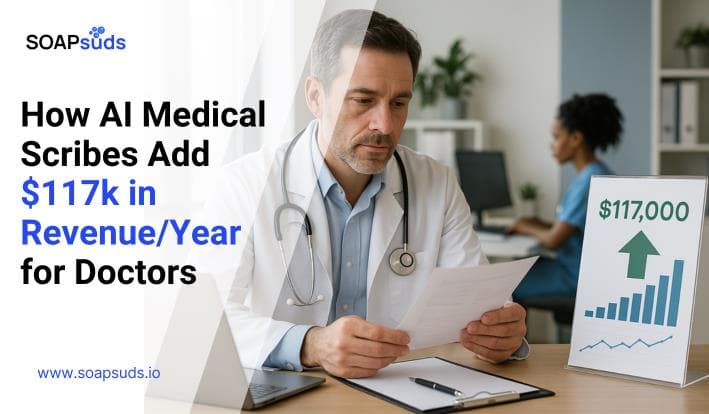Why Traditional Dictation Software Falls Short for Clinicians
SOAPsuds team
Published: 1/29/2025
SOAPsuds team
Published: 1/29/2025

Medical professionals balance their time between seeing patients and handling paperwork and clinical notes in...

Feeling stressed from handling medical paperwork is common. AI transcription tools provide a smart way...

Healthcare providers spend about 1.77 hours each day completing notes outside regular office hours

Medical transcription has gone through several stages—from handwritten notes to digital recording. But is...

Ever feel buried under too much documentation work? People in healthcare, education, and business often...

The value of Electronic Health Records (EHRs) is hard to ignore. It's important for you...
Clinical Notes
SOAP notes
DAP notes
AI medical notes